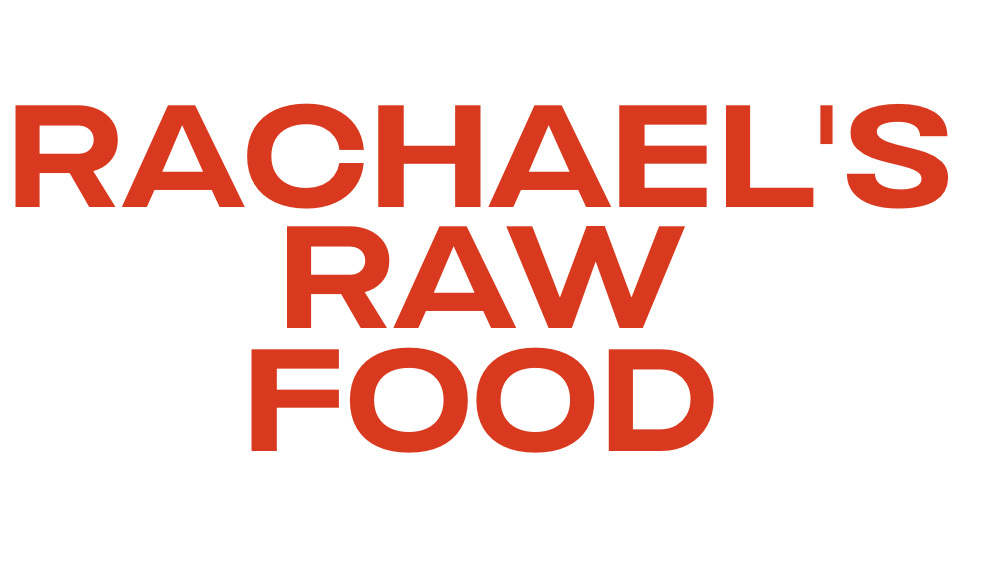Raising raw kids means supporting their natural curiosity and fostering independence from an early age. Involve them in meal planning, choose colorful, appealing fresh foods, and create routines that make raw eating enjoyable. Prioritize nutrient-dense options and seasonal produce to promote growth and health. By making raw foods accessible and fun, you’ll help your children develop positive attitudes toward healthy eating. Keep exploring for more tips to make this journey smooth and inspiring.
Key Takeaways
- Involve children in meal planning and ingredient selection to foster independence and positive attitudes toward raw foods.
- Prioritize colorful, appealing presentations of fruits and vegetables to make raw foods enticing and enjoyable.
- Offer a variety of nutrient-dense raw options like nuts, seeds, and seasonal produce to support growth and energy needs.
- Establish consistent routines and meal times to reduce fussiness and encourage healthy eating habits.
- Communicate openly about the benefits of a raw diet to build understanding and confidence in nutritious choices.

Raising raw kids requires a deliberate approach to nurturing their natural instincts and fostering independence from an early age. When you’re committed to a raw diet, it’s essential to focus on providing healthy snacks that support their growth and energy needs without compromising your nutritional standards. Kids are naturally curious, and they often prefer fresh, crunchy foods like fruit slices, veggie sticks, or nuts. Offering these as snacks throughout the day keeps them satisfied and helps develop their palate for wholesome, unprocessed foods. Planning ahead is key; with effective meal planning, you ensure your children get a variety of nutrients while avoiding processed or cooked convenience foods. You might prepare large batches of raw snacks in advance, such as chopped vegetables or fruit salads, so you’re never caught off guard when hunger strikes. This makes it easier to stick to your raw diet principles and avoids resorting to less healthy options.
Meal planning also helps you introduce new textures and flavors gradually, making it easier for your kids to accept the raw lifestyle. For example, incorporate seasonal produce into your weekly menu, and involve your children in choosing what to include. This not only makes them feel empowered but also encourages a positive attitude toward healthy eating. When planning meals, aim for balance, combining fruits, vegetables, nuts, seeds, and sprouted grains to ensure they receive essential nutrients. Keep in mind that children’s appetites can fluctuate, so having a variety of options available ensures they get enough calories and vitamins without feeling restricted. It’s important to communicate openly about what they’re eating and why, helping them understand the benefits of a raw diet. Additionally, selecting high-quality, nutrient-dense options can further support their growth and overall health, especially considering the importance of color accuracy in visual appeal and nutrient preservation.
In addition, setting up a routine around meal times helps your kids develop good eating habits. Consistency makes it easier for them to anticipate meals and snacks, reducing fussiness and resistance. As you plan, think about presentation too—colorful, appealing arrangements of fruits and veggies can make raw foods more enticing. Remember, your attitude toward raw eating influences theirs; stay positive and enthusiastic about the meals you prepare. By thoughtfully integrating healthy snacks into your daily routine and dedicating time to meal planning, you create a supportive environment that nurtures your kids’ natural instincts and promotes independence. This approach not only benefits their physical health but also builds their confidence in making nutritious choices, setting the foundation for a lifelong healthy relationship with food.
Frequently Asked Questions
How Do I Ensure My Child Gets Enough Calcium on a Raw Diet?
To guarantee your child gets enough calcium on a raw diet, focus on calcium-rich foods like leafy greens, tahini, almonds, and sesame seeds. Incorporate these into their meals regularly. You might also consider supplement considerations, such as natural or plant-based calcium supplements if needed. Keep an eye on their growth and consult with a holistic healthcare professional to confirm they’re meeting their calcium needs without compromising their raw diet principles.
What Are Safe Raw Snack Options for Kids?
Like a treasure chest full of surprises, safe raw snack options for kids are plentiful. You can offer kid-friendly options such as crunchy veggie sticks, ripe fruit slices, raw nuts, and seed mixes. Dried fruit without added sugars or raw nut butters also make nutritious snacks. These choices are simple, appealing, and safe, helping your children enjoy tasty, wholesome raw snacks while satisfying their natural cravings and supporting their health.
How Can I Introduce Raw Foods to Picky Eaters?
To introduce raw foods to picky eaters, start by offering familiar, appealing textures like crunchy fruits or mild vegetables. You can blend raw ingredients into smoothies or dips to make flavors more approachable. Keep portions small and present a variety of colorful options. Be patient, as it might take time for picky eaters to accept new textures and flavors, but consistent exposure helps build their comfort with raw foods.
Are There Any Risks of Nutritional Deficiencies in Raw Kids?
You should be aware that raw food safety is vital when feeding kids raw diets, as improper handling can lead to bacterial risks. To prevent nutritional deficiencies, consider incorporating nutritional supplements and a variety of raw foods to guarantee balanced nutrients. Regularly consult with a healthcare professional to monitor your child’s health and adjust the diet accordingly. Staying informed helps you keep your kids healthy while enjoying the benefits of raw foods.
How Do I Handle Social Situations With Raw Kids?
When handling social situations with raw kids, you prioritize open communication and flexibility. During playdates, practice good playdate etiquette by explaining your child’s diet gently to other parents and offering to bring raw-friendly snacks. At restaurant dining, choose places with fresh fruit or veggie options, and politely inform staff about your child’s needs. Staying calm and respectful helps create a positive environment, making social outings enjoyable for everyone.
Conclusion
Raising raw kids can be rewarding, but it takes commitment and patience. Remember, consistency helps your children adjust and embrace healthy habits. For example, Sarah started her kids on raw snacks, and over time, they began requesting fruits and veggies instead of processed treats. Your dedication to their nutrition now can set lifelong habits, fostering a healthier, happier future. Trust the process, and watch your family thrive on a raw diet.










